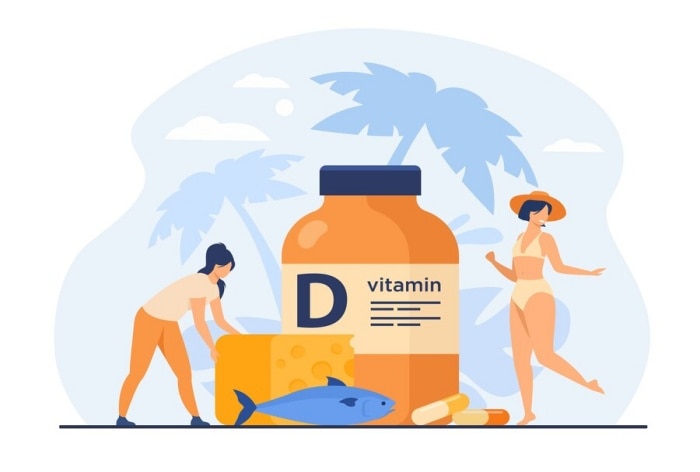Vitamin D Deficiency is an extremally common problem and impacts more than a million people all over. Here are few signs and symptoms to know and be more aware about the health condition in children.
Vitamin D deficiency is a common health concern reported all over the world. This is an essential requirement for the body for proper growth and development, especially in children. Fatigue and low immunity are common warning signs that may indicate that there is something not right about the body functioning. It can be due to several vitamin or nutrient deficiencies. However, it can be only be determined via blood tests as recommended by a doctor.
Also known as the ‘sunshine vitamin; it is important for the absorption of calcium, and phosphorus, enhancing bone strength, boosting the immune system, and more.
Vitamin D is an essential nutrient that plays a crucial role in maintaining bone health, immune function, and overall well-being. While children can obtain vitamin D through sunlight exposure and certain foods, deficiency is becoming increasingly prevalent due to various factors, including limited sun exposure, increased indoor activities, and restrictive diets.
5 Signs of Vitamin D Deficiency in Kids
- Rickets: Rickets is a severe form of vitamin D deficiency that affects bone development in children. Symptoms include bone softening, bowed legs, stunted growth, and delayed motor skills.
- Muscle Weakness and Fatigue: Vitamin D deficiency can lead to muscle weakness, fatigue, and reduced physical activity. Children may complain of feeling tired and lacking energy.
- Frequent Infections: Vitamin D plays a role in immune function. Deficiency can increase susceptibility to infections, such as ear infections, respiratory infections, and skin infections.
- Impaired Tooth Development: Vitamin D is essential for tooth development. Deficiency can lead to delayed tooth eruption, weakened tooth enamel, and increased risk of dental caries.
- Slow Growth: Vitamin D deficiency can interfere with growth hormone production, leading to slower growth rates in children.
5 Ways to Boost Vitamin D Levels in Kids
- Sun Exposure: Sunlight is the primary source of vitamin D. Encourage children to spend time outdoors, especially during the morning hours when sunlight is strongest. Ensure they have adequate sunscreen protection for prolonged sun exposure.
- Vitamin D-Rich Foods: Incorporate vitamin D-rich foods into their diet, such as fatty fish (salmon, mackerel, tuna), egg yolks, fortified milk, and fortified cereals.Animal Based – Egg yolk, fatty fish and seafood are among the richest natural food sources. Plant Based – Mushrooms, Amaranth, Ragi, Soyabean, Curry leaves, Sesame seeds.
- Regular Exercise: Regular exercise assists with the production of vitamin D. Including physical activities everyday is anyway beneficial for combating several health issues.
- Increase Magnesium Intake: Magnesium assists in the activation of vitamin D which helps regulate calcium and phosphate homeostasis to influence the growth and maintenance of bones. It is therefore essential to ensure that the recommended amount of magnesium is consumed. Foods sources: almonds, bananas, beans, broccoli, cashews, egg yolk, green vegetables, mushrooms, oatmeal, pumpkin seeds etc
- Vitamin D Supplements: Consider vitamin D supplements if dietary intake is insufficient or sun exposure is limited. Consult your paediatrician to determine the appropriate dosage for your child.
Early detection and intervention are crucial for managing vitamin D deficiency in children. By following these tips and seeking guidance from your paediatrician, you can help ensure your child receives the necessary vitamin D to support their growth and overall health.
–>
